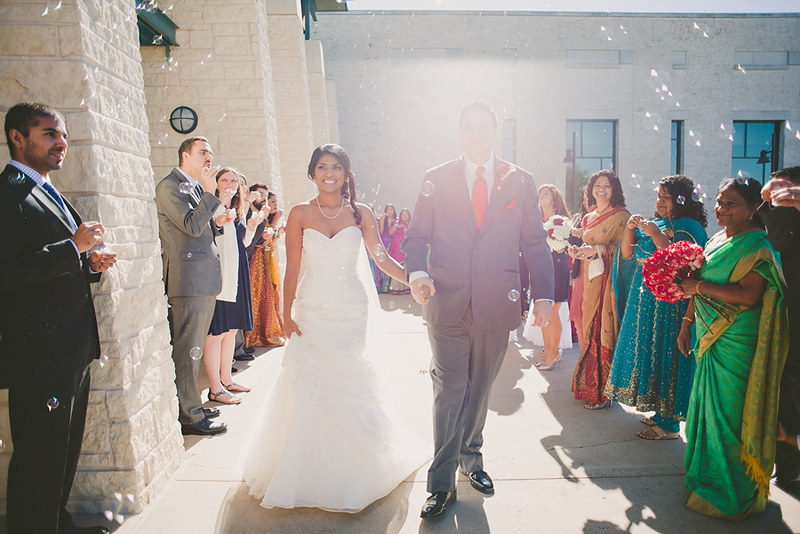GaryLH
Veteran
http://petapixel.com/2014/12/22/nikon-d750-owners-reporting-dark-band-problem-shows-lens-flares/
Really a weird flare problem being reported. From the article, it sounds like a a QA type problem that should be easy to sort out if what someone is reporting is true.
Does not affect all the d750.
Gary
Really a weird flare problem being reported. From the article, it sounds like a a QA type problem that should be easy to sort out if what someone is reporting is true.
Does not affect all the d750.
Gary



